Big Bend Country in Texas has more than one million acres of public land to explore, the nation’s largest border town, and many small towns, each with their own distinct flavor. This area is so diverse and sprawling that you could spend weeks driving through the region and barely scratch the surface of all that there is to see and do. You’ll find mountain ranges, river canyons, desert landscapes and rolling sand dunes throughout the western side of Texas.
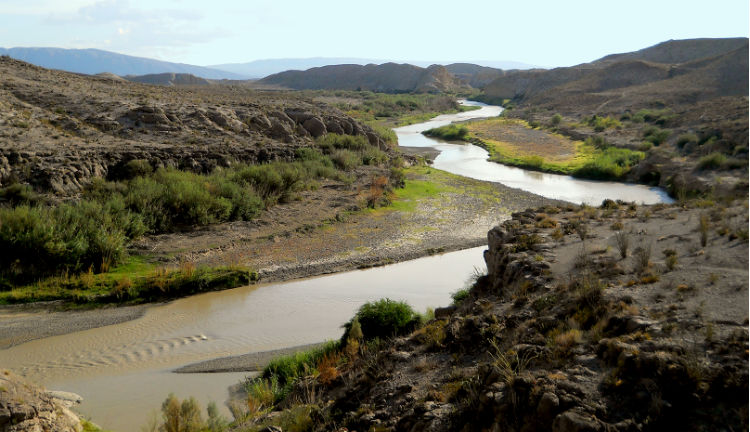
The Rio Grande in Big Bend National Park. Photo by Ann Wildermuth/NPS
Huge Attractions in Big Bend Country
There’s no way around it. Summers in Big Bend Country of west Texas are brutally hot and dry. It’s best to visit when temperatures are less extreme. Winter and early spring are ideal. Even so, sun protection and good hydration is a must all-year. Nonetheless, plan your journey well advance to ensure you see everything that makes this region of the Lone Star State unique.
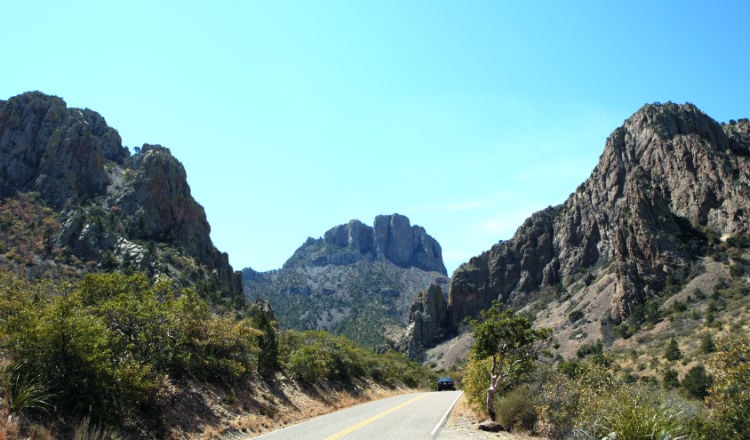
The scenic drives of Big Bend National Park. Photo by Kenny Braun.
1. Big Bend National Park
If you only have a short time to spend in this region, visit Big Bend National Park. It’s truly breathtaking with miles of hiking trails through the mountains and deep canyons, carved out by the Rio Grande.
Local tour companies even offer rafting, canoeing, mountain biking, horseback riding and hiking expeditions for more thorough adventures. Big Bend National Park has three developed campsites with freshwater, restroom facilities, and many sites with full hookups. Additionally, primitive sites in the back country are available if you want even more peace and quiet.
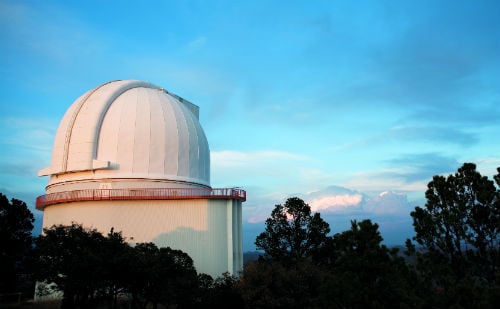
The McDonald Observatory. Photo by Kenny Braun/Texas Tourism
2. Fort Davis
McDonald Observatory is a research center affiliated with the University of Texas in Austin. Fort Davis is hundreds of miles from the nearest large city. This means the night sky is darker here than most places on the continental U.S., which makes it ideal for studying the stars. Fort Davis is a great place to enjoy a star party with RV camping. So, in addition to the important scientific research that happens here, the McDonald Observatory offers public “Star Parties” a few times a week. Guides provide fascinating presentations under the night sky, where many constellations can be clearly viewed.
Further, tours allow visitors to view stars and other celestial objects through high-powered telescopes. There are also daytime tours offering live solar observations, and tours of the research facilities. Fort Davis is also home to a series of campgrounds including one State Park.
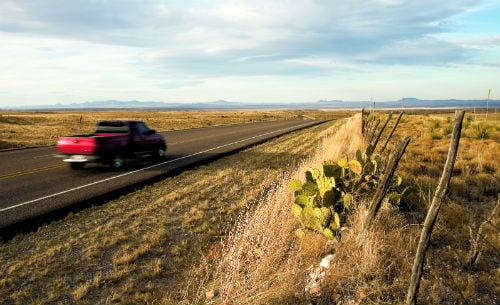
The outskirts of rural Marfa, Texas. Photo by Kenny Braun
3. Marfa
Any visit to Big Bend Country wouldn’t be complete without stopping through Marfa. It’s also one of seven reasons why you should go RVing in Texas. This rural town in the desert attracts curious visitors from around the world.
In fact, famed modern artist Donald Judd lived and worked in Marfa. This is where he founded the Chinati Institute. The museum’s permanent collection includes work from artists such as Dan Flavin, Roni Horn, Claes Oldenberg, and John Wesley. Marfa is also home to many working artists. In fact, it attracts and inspires creative people from around the country.
Some also come here for a glimpse of the mysterious Marfa lights phenomenon. These are unexplained lights that dance along the horizon some nights. Although many theories have been put forth, the source of the lights is still unclear. Some like to imagine they could be supernatural or even extraterrestrial in origin.
Apache Pines RV Park and the Tumble In RV Park are two campgrounds in Marfa offering full service sites and several pull-through sites. You can also dry camp for free at a variety of sites, including the Marfa Lights Viewing Station just outside of town.
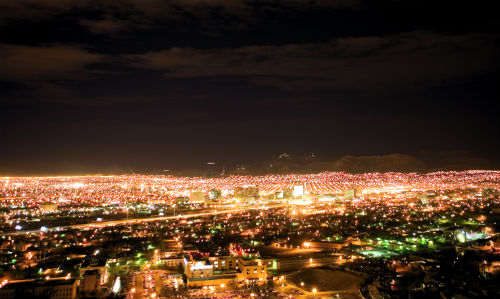
All that glitters in El Paso. Photo by Kenny Braun/Texas Tourism
4. El Paso
El Paso is the largest border city in the U.S. at the far western tip of Texas in Big Bend Country. It borders Ciudad Juárez in Chihuahua, Mexico. The total metropolitan area has a population of about 2.5 million people within a 50-mile radius.
To get a sense of just how big this area is, head to an overlook area known as Scenic Drive Overlook. From the top of this mountain you’ll have an unbelievable view across El Paso and Ciudad Juarez. It’s an impressive sight to behold at any time of day, but night is truly spectacular.
Additionally, go a little before sunset to be sure you can find a place to park. Then, watch as night falls when the sweeping vista below glitters with millions of city lights. Campgrounds are also aplenty with more than a dozen in El Paso.
El Paso is rich with history and the Historic Mission Trail features adobe churches founded by early Spanish missionaries. Take a walking tour of the San Elizario Historic District to see the buildings and sites of what is now one of the oldest villages in the U.S.

You forgot to mention Terlingua the Ghost town in Big Bend country. This is a real ghost town not some dolled up tourist trap. There are about 20 remaining residents. The local mine ran out and most of the people left. There is a church, hotel, and best of all the Starlight Theater. While the theater was short on performances when we were there, they were over the top with food. Even with the crowds overflowing into the porch, the service was good.
Artist have constructed all kinds of art work and the entire area is full of amazing photographs especially if you manage to get there about sunset.
Well worth the time for a visit.
Just west of Terlingua is another interesting town of Lajitas. The town was cleaned up and remodeled the last time we were there and quite nice. A good campground and airport as well as a golf course where the 18th hole plays across the Rio Grand River into Mexico. A good visit.